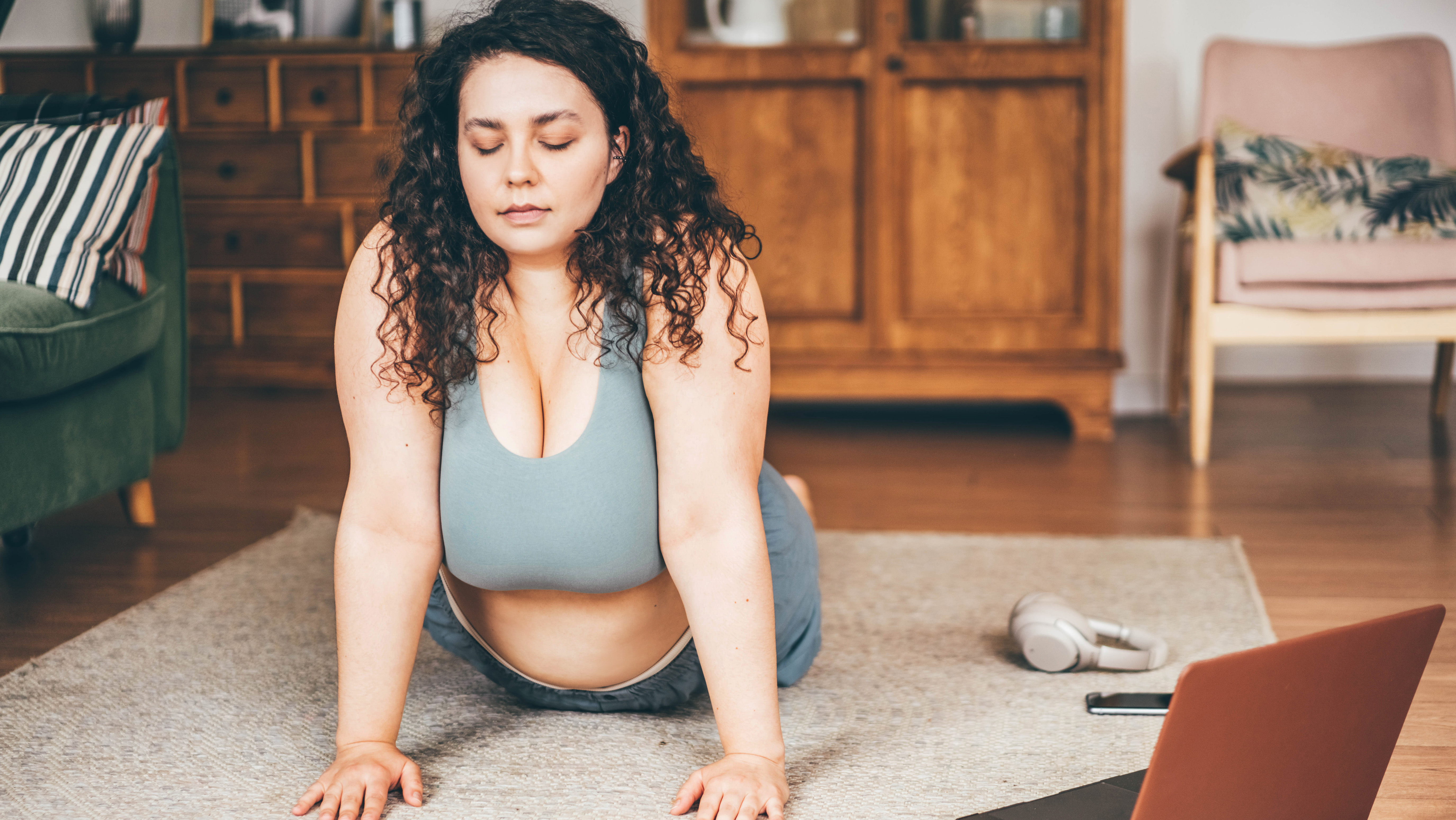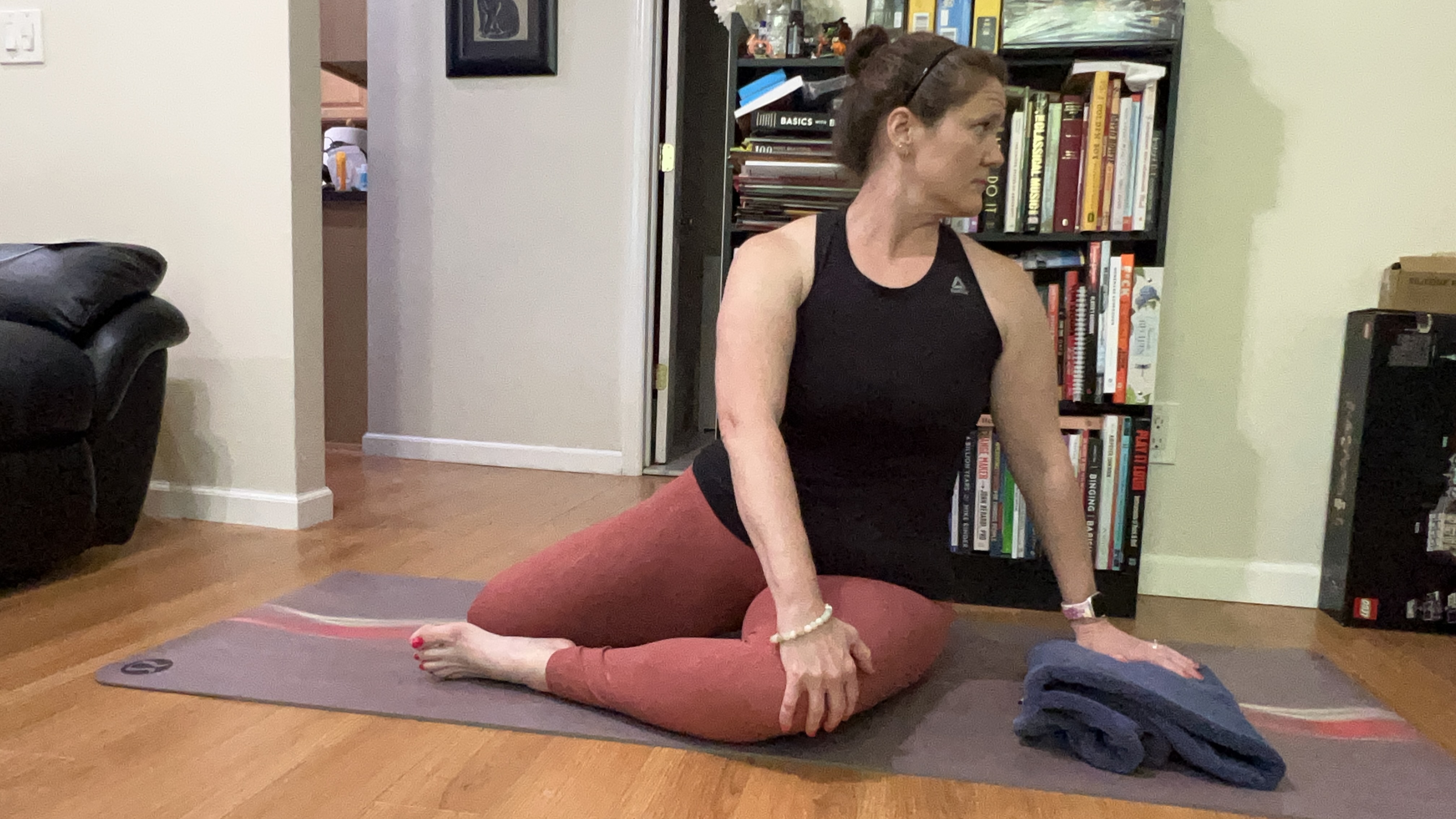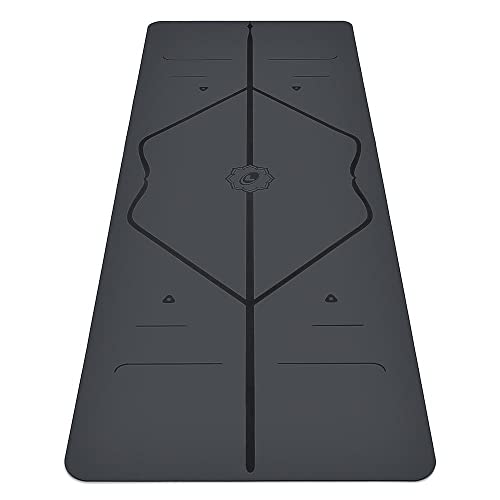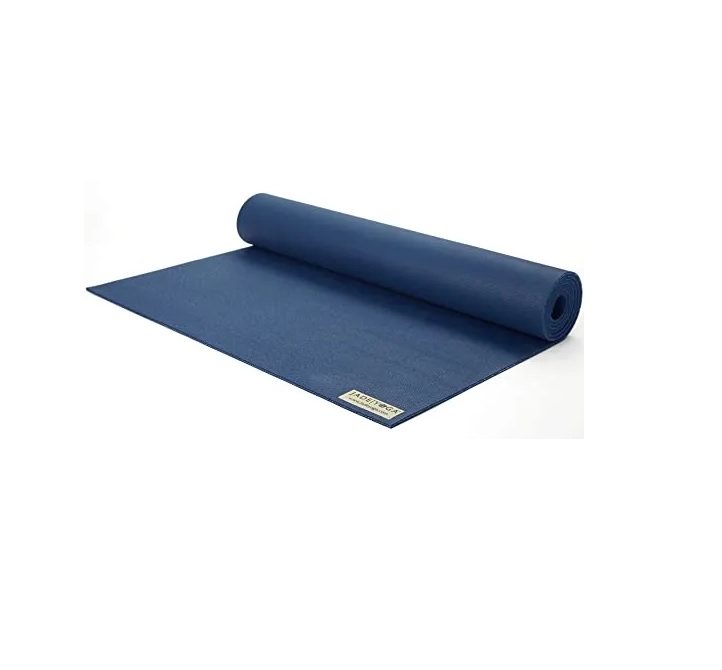I tried this 30-minute somatic yoga routine and instantly felt more connected with my body
The slow and purposeful movements can be beneficial for anyone, no matter your fitness level.


Despite knowing all of the physical and mental benefits of yoga, I’ve never been able to keep up a consistent practice. But after hearing a personal training client rave about somatic yoga, I was inspired to roll out my mat and give it a try.
Unlike the faster-paced styles such as Vinyasa, somatic yoga focuses on slower movements and mind-body awareness. "Somatics is really about getting into your body," says instructor Rachel Van Huis of Yoga with Rachel in her recent YouTube video. "It’s like having an internal conversation with yourself, where you have the opportunity to get to know yourself better."
I was desperately in need of a slow down so I pressed play on Yoga with Rachel’s 30-minute somatic yoga routine. Here’s what I made of it.
How to do somatic yoga
You won’t need equipment besides a yoga mat, although Rachel suggests having a blanket to hand too. Since the class is centered around breathing and awareness, most of the poses are suitable for any fitness level or ability. Each pose is held for several minutes, with some gentle movement within each position.
Yoga mats
To get comfy during somatic yoga, you need a mat to support you. Here are three options we like, featured in our round-up of the best yoga mats.
What I found

1. It felt more like meditation than exercise
This was my first yoga experience where I felt truly connected to my body on a deeper, more meditative level. I wasn’t worried about matching the instructor perfectly or attempting to figure out challenging postures. Instead, I focused on my breath and physical sensations. Moving slowly added to this heightened awareness and when the class was over I felt calm and centered.
2. I noticed imbalances in my body
Muscular imbalances (like one side feeling stronger than the other) are normal but we may not notice them in everyday life.
Start your week with achievable workout ideas, health tips and wellbeing advice in your inbox.
Slowing down and focusing on what was going on in my body highlighted some of these imbalances. In the windshield wiper move, I could see how my left leg rotated more freely than my right, indicating a tightness in my right hip. I’ve always known my right side was tight, but it was interesting to see this compared to the left.
Somatic yoga could be the key to moving more efficiently and with less pain. If we can take the time to address imbalances before they turn into injuries, we could save ourselves some hassle in the long run.
3. It was a great introduction to yoga
If you’re new to yoga, somatic yoga is a great place to start. You’ll have the opportunity to build a mind-body connection that’s essential to yoga in general, and you’ll be introduced to some poses you’ll see in other yoga styles.
This class also featured a few positions and concepts central to Pilates, like tabletop. So even if you’re a seasoned pro, you’ll be able to practice crossover movements in a slow, connected way.
If you want more slow, gentle routines like this one, try these beginner yoga poses, or learn how to do downward-facing dog to stretch out tight legs.

Jennifer Rizzuto is a freelance fitness journalist based in New York, NY. She’s been a NASM-certified personal trainer, corrective exercise specialist, and performance enhancement specialist for over a decade. She holds additional certifications in nutrition coaching from Precision Nutrition, and pre/post-natal exercise from the American Council on Exercise. As the daughter of a collegiate football coach who was never any good at sports, she understands how intimidating it can be to start an exercise regimen. That’s why she’s committed to making fitness accessible to everyone—no matter their experience level.


